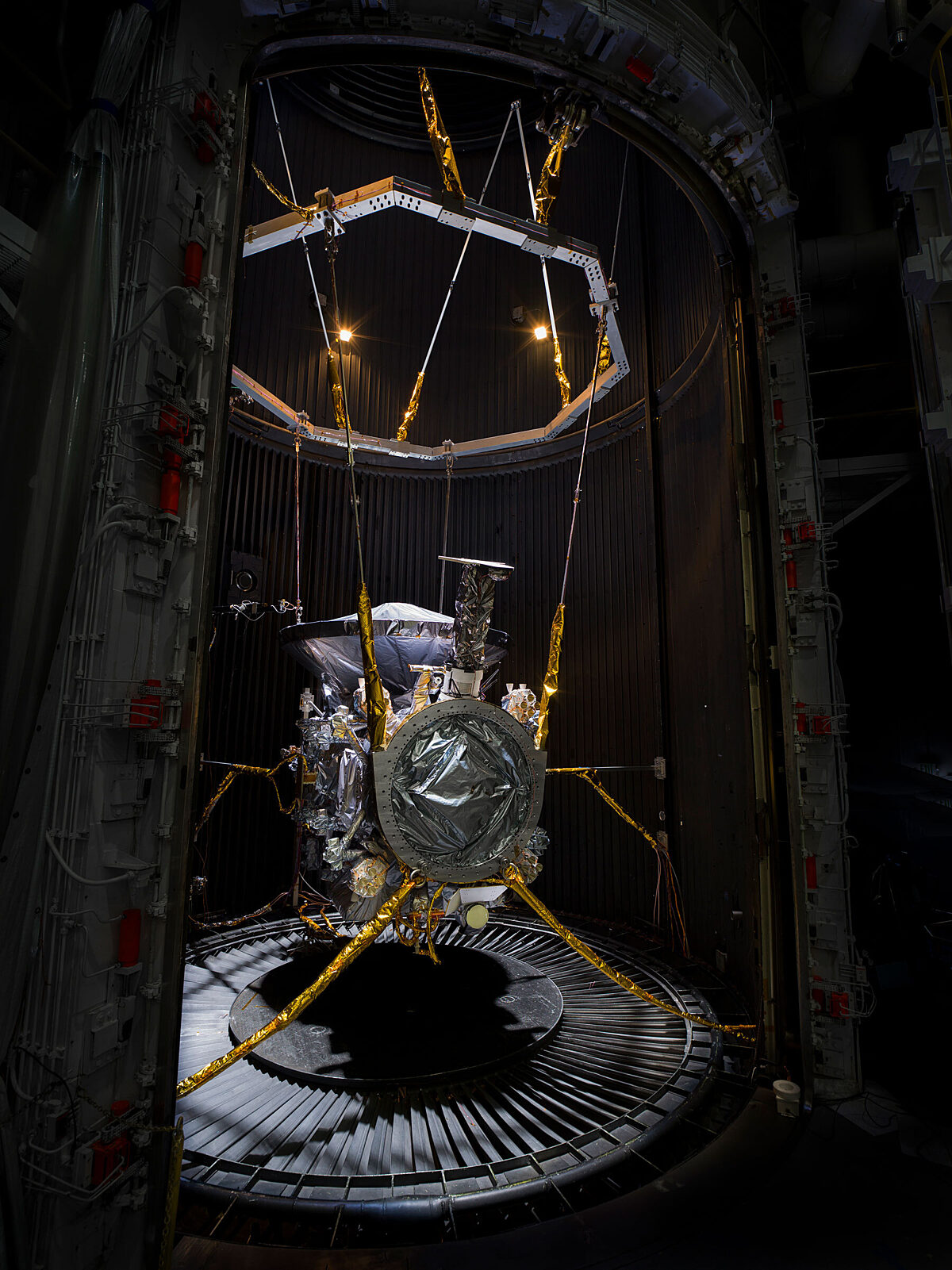Kate Howells • Sep 19, 2024
The Europa Clipper launch: What to expect
NASA is preparing to launch a flagship mission to explore Jupiter’s moon Europa, an icy world with a subsurface ocean that scientists think could have conditions favorable to life.
The agency’s Europa Clipper mission is scheduled to lift off during a launch window that stretches from Oct. 10 to Nov. 6, 2024. It will launch on a SpaceX Falcon Heavy rocket from NASA’s Kennedy Space Center in Florida.
Europa Clipper will take six years to reach the Jupiter system, where it will enter an orbit of the gas giant that will take it on multiple flybys of Europa. The spacecraft will map Europa and use instruments to measure beneath its icy shell, studying the conditions below to help determine whether the moon is habitable.
Why is Europa Clipper important?
Beneath a thick layer of ice, Jupiter’s moon Europa holds a vast, salty ocean that could potentially support life. Even though Europa is slightly smaller than Earth’s Moon and much smaller than Earth, its subsurface ocean is thought to contain twice as much water as all of Earth’s oceans combined. More importantly, Europa’s subsurface environment might have the essential ingredients for life: energy, liquid water, and organic compounds.

To investigate this intriguing world, NASA is launching the Europa Clipper mission, which will conduct multiple close flybys to study the moon in detail. This will be the one of first missions ever dedicated to exploring an ocean world beyond Earth. By analyzing Europa’s potential to sustain life, the mission could provide insights into life-supporting environments on other oceanic worlds, even those outside the Solar System.
Europa Clipper’s journey to Jupiter
After launch, Europa Clipper will make two planetary flybys to adjust its trajectory and speed up. In February 2025, it will come to within 500 to 1,000 kilometers (300 to 600 miles) of Mars. Then, in December 2026, the spacecraft will pass by Earth for its second gravity assist, passing about 3,200 kilometers (2,000 miles) above Earth.
It will arrive at the Jupiter system in 2030, orbiting Jupiter instead of Europa to spend less time inside the planet's intense radiation field. The spacecraft will periodically dive through more intense radiation to fly by Europa and collect data, and then move away again. Even with this orbit, most of the Europa Clipper instruments have to be housed in a radiation vault on the spacecraft to protect them from damage.
Europa Clipper will make more than 40 flybys of Europa, shifting its flight path for each encounter to pass over a different location. Its closest planned approach will take it as low as 25 kilometers (16 miles) above the surface.

The science
The Europa Clipper spacecraft’s main science goal is to find out whether there are places below the surface of Europa that could support life. It is NASA’s largest-ever planetary spacecraft. Including its solar arrays, Europa Clipper spans 30.5 meters (100 feet), longer than a basketball court. The solar arrays themselves are enormous since they need to generate power at a distance five times farther from the Sun than Earth.
The spacecraft’s instruments include an ice-penetrating radar that will map the moon’s ice and the possible lakes within. Other instruments will measure the moon’s magnetic properties to confirm the presence of the subsurface ocean. They will also help determine the depth of Europa’s icy shell and ocean. Two sets of cameras operating at different wavelengths will map the moon’s surface and search for plumes. Another instrument will look for small particles ejected from Europa that could trace the moon’s surface and subsurface chemistry, as well as potential plumes coming through the ice. Three spectrometers will measure the composition of Europa’s surface and atmosphere and will study the makeup of its hidden ocean. If possible, the spacecraft may even soar through plumes of water ice and vapor that shoot through the moon’s crust.
Although NASA has stated that Europa Clipper is not officially a life-detection mission, it still holds the potential to expand our understanding of whether life elsewhere in our Solar System is possible.


 Explore Worlds
Explore Worlds Find Life
Find Life Defend Earth
Defend Earth

